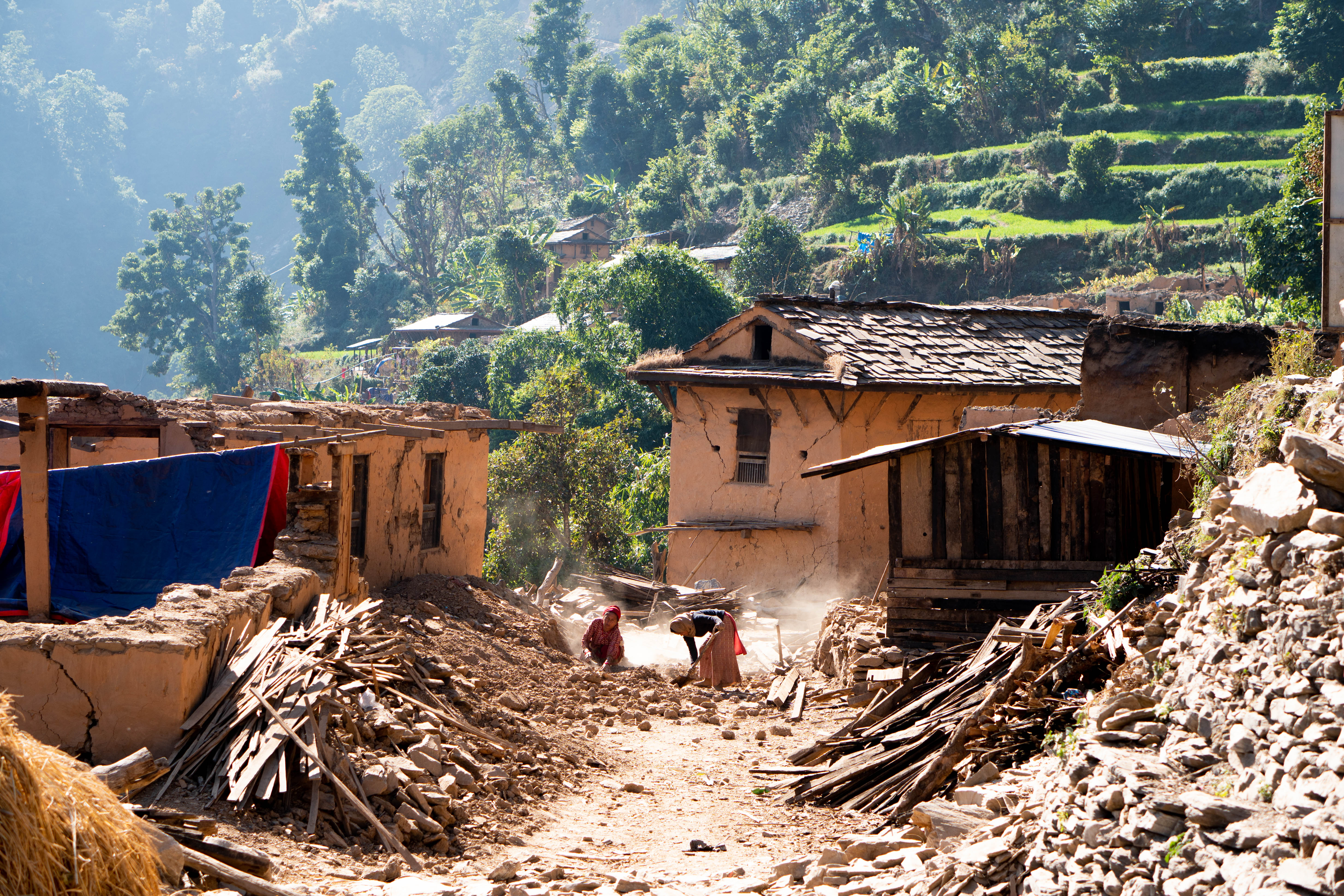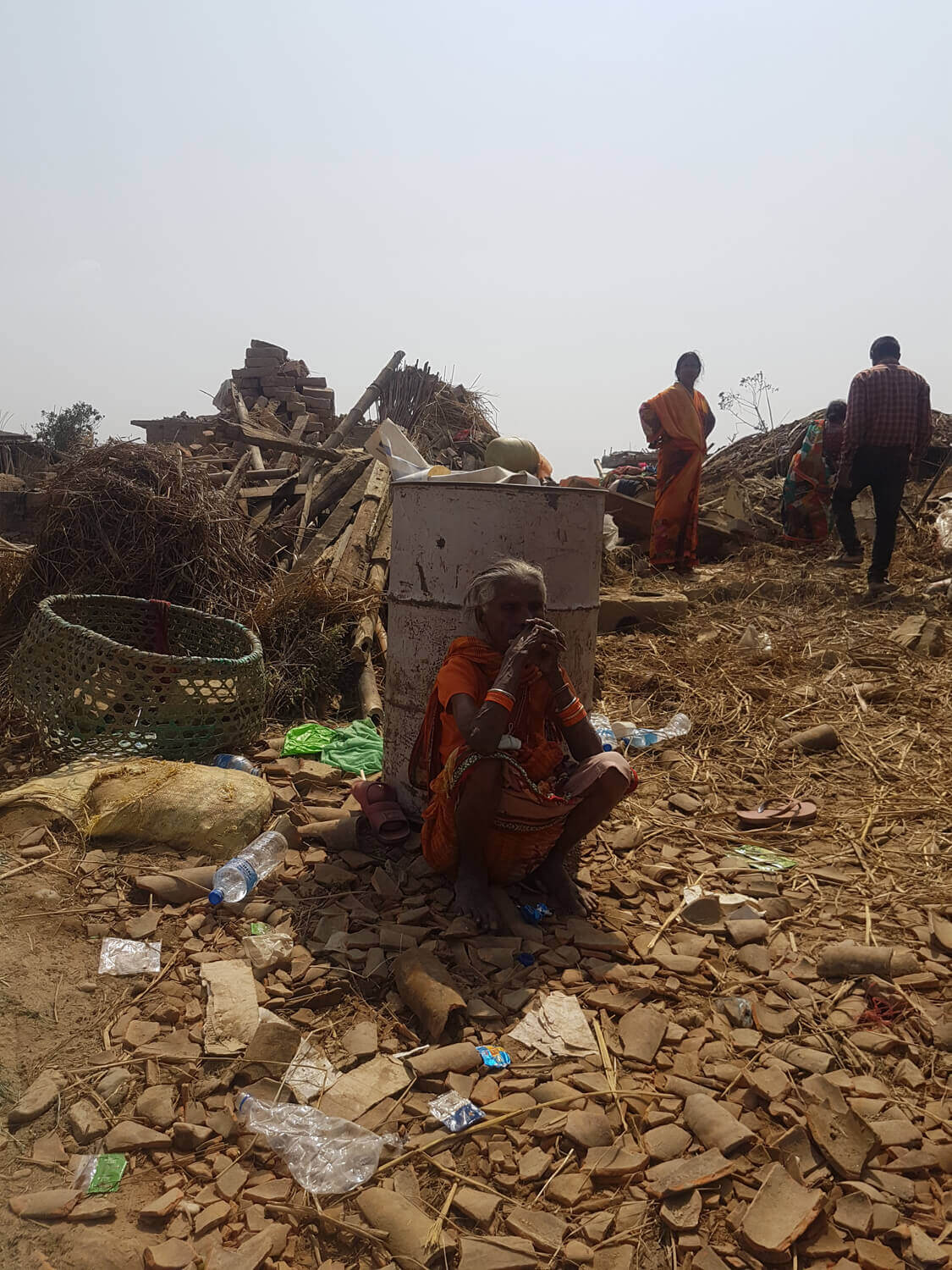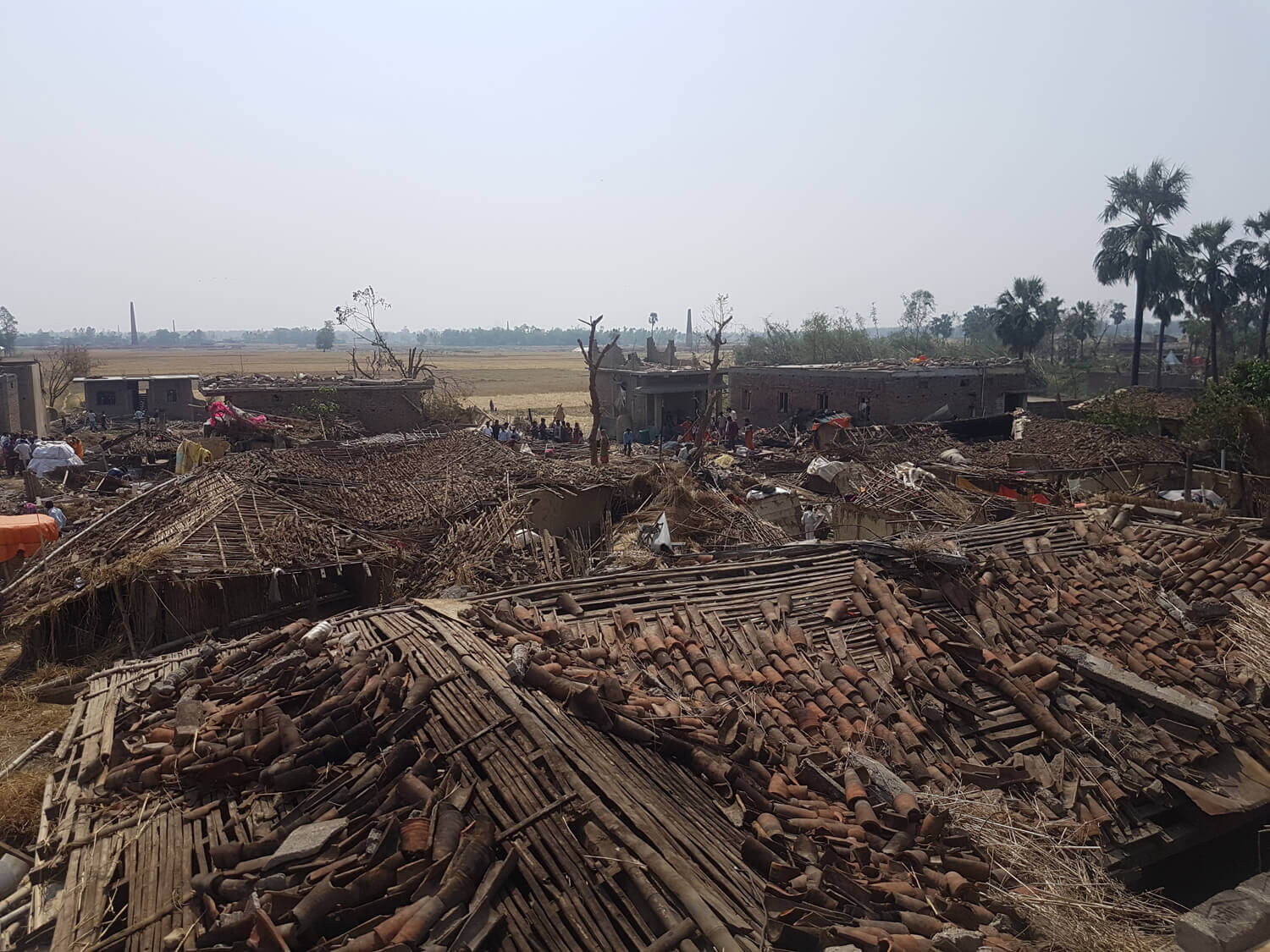Building back better (and quicker)
Lessons for Jajarkot from the swift reconstruction following the Bara-Parsa tornado disaster in 2019Given the usual delay in disbursement of reconstruction grants, survivors have taken to building their own temporary shelters with neighbours helping each other out.
A total of 26,550 houses collapsed while over 62,000 homes across 13 districts were affected by the 6.3 magnitude quake.
The Bara-Parsa tornado reconstruction which is one of the most successful post-disaster rebuilding in Nepal could be handy at this point in time. The project fulfilled its mandate of rebuilding 869 houses in 97 days and in doing so, helped protect survivors from future disasters.
The houses constructed had more features than government mandated, they were eco-friendly and adapted to withstand the local climate, all at a cost less than previously estimated.

There are five main elements to why Bara-Parsa tornado reconstruction was such a success and how it can be replicated with the Jajarkot earthquake:
Leadership
Much of the credit goes to leadership by the Nepal Army 28th Brigade Commander who was in charge of the project. He was clear on his vision, tasks, and scope from day one. His motivation, dedication, and hard work also led to diligence in the work. He was responsible for the welfare, safety and security of the 3,000 troops involved, choosing the right person in the right place at the right time.
Coordination and teamwork
It was not only the Army that was involved in the reconstruction. The Madhes Province formed the Assisting and Directing Committee under the leadership of the First Secretary to give provincial supervision and leadership. The Parsa-Bara DDMCs under the chairmanship of CDO carried out district-level assistance and supervision, and at the municipal level, Re-Verification Committees were established to facilitate the reconstruction that was led by mayors. Whenever any hindrance occurred, such as in data verification, procurement procedures, acquiring public land, all these bodies came together, discussed and reached a quick decision.
The provincial government, both the CDOs, and most importantly, the elected mayors played a vital role and the army remained as a pivot. The most difficult part was getting down to the actual figure for houses destroyed. The preliminery figure was 1,453 houses, but after the CDOs themselves went door-to-door they brought the real number down to 869.

Prompt decision making
The rebuilding process was never stalled due to indecisiveness at any level. The Reconstruction Committee as well as provincial, district, and local bodies facilitated the process.
To be sure, not everything worked out. For example, it was planned to provide local communities employment opportunities through construction labour. But even then their daily wage rate was agreed to, it was much higher than what the government had set. So the committee immediately decided to marshal 3,000 plus troops for reconstruction.
Likewise, throughout the process there was no interference from any external elements, neither were they entertained. And the whole process remained transparent to everyone.
Planning and management
Based on a detailed survey and employing experts, the reconstruction plan was flawless. Reconstruction was divided into 12 clusters, and to be carried out in three phases with human resources, material, and technical requirements calculated accordingly.
At times, since the reconstruction of one-third of houses was occurring simultaneously, ensuring a smooth supply chain of material remained an issue. Even the contracted manufacturers, especially of compressed cement blocks, UPVC steel windows and doors, and three-layered non-burn thermo-cooling roofs, were not able to provide the designated material according to the agreed timetable.
Collaboration with other manufacturers, switching working priorities, and even facilitating the manufacturers helped to meet targets. The designs of the houses were also modified and categorised as per the availability of the land since many of the survivors did not have enough space to build standard houses.

Legal assistance
Likely legal hitches such as the construction material procurement system, and land acquisition process were taken into consideration from the beginning. The army leadership thoroughly discussed the issue with the government and got clearance and facilitation accordingly.
This was crucial in unfastening legal knots. Provincial, district, and municipal bodies also helped the reconstruction committee on these occasions leading to the fast-track acquisition of public land, establishing construction bases, acquiring material, and so on.
The Bara-Parsa Tornado reconstruction was not easy, it was hot and humid, at times there was heavy rain and floods. But an all-out effort from the state's mechanism, mutual trust, untainted intention, and will power of the engaged team made it possible.
Many of these lessons, experiences, and courses of action can be useful in the Jajarkot reconstruction as well. But the most critical ingredient is political will to follow through.
Shrijan Bahadur Malla is a DRR expert, a former Nepal Army officer, and involved in Bara-Parsa Reconstruction. You can reach him at [email protected]
